Trigger points are knots that develop along the fibers of a muscle or in your fascia. They are also one of the most common soft tissue problems. One spot that trigger points often occur is in the trapezius muscle that helps support the shoulder blade. This muscle stretches from below the shoulder blades, up the shoulders and along the back of your neck.
These knots can often be felt in the trap muscles. Unfortunately, they can trigger pain that may radiate beyond the immediate area where the trigger points are. They can be especially painful if touched or when pressed against something, like the back of your desk chair.
What causes trigger points near your shoulder blade?
Trigger points in the trap muscles that support your shoulder blade can be caused by many factors. Among them are:
- Trauma.
- Repetitive movements.
- Certain physical activity or sports.
- A sedentary lifestyle.
- Bad posture.
- Holding the head too far forward.
- Holding a phone to the ear with your shoulder.
- Inadequate back support when seated.
How can having shoulder blade trigger points make your job tougher?
There are many ways that this issue can affect people while they’re at work. Some tasks that it can make more difficult are:
- Heavy lifting or carrying loads — Lifting heavy items or carrying heavy loads puts a lot of strain on your shoulder, causing trigger points to be aggravated. You can make these tasks less painful by limiting how much you lift or transport at one time.
- Repetitive pushing or pulling — Pushing or pulling objects repeatedly can put pressure on your shoulders and cause greater pain. This is often a problem for people like assembly line workers or commercial painters. One way to limit the effects of such movements is to ask someone to help you with tasks that involve pushing or pulling.
- Making calls — Holding a phone between your neck and shoulder can strain muscles and irritate knots in your neck and shoulders. And an irritated trigger point is often a more painful one. Using a headset rather than cradling a phone between your head and shoulder may help prevent this problem.
If shoulder blade trigger points are making it hard for you to work pain-free, it is time to see a physical therapist.
Recovering from shoulder blade trigger points begins with SSOR
Our team at Specialists in Sports and Orthopedic Rehabilitation is ready to help address your shoulder blade trigger points. We offer free consultations that can help discover exactly where your trigger points are located. Our physical therapists can then build you a customized treatment plan to break up and help prevent the return of these soft tissue knots.
Contact us today to set up an appointment with one of our credentialed and knowledgeable physical therapists for help with your shoulder pain.

